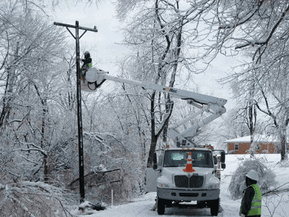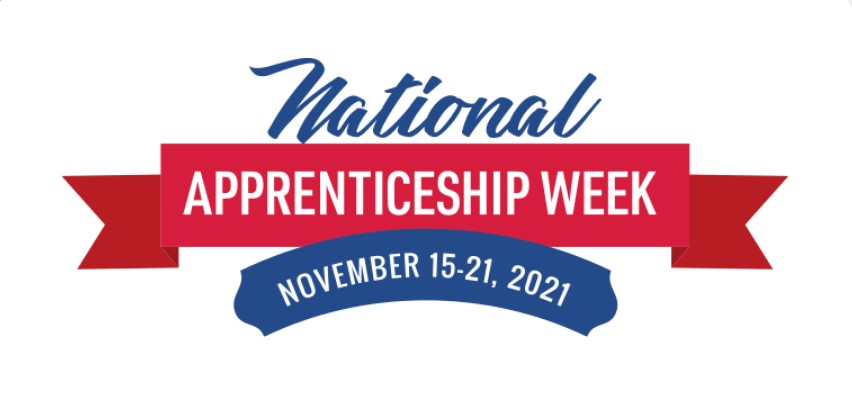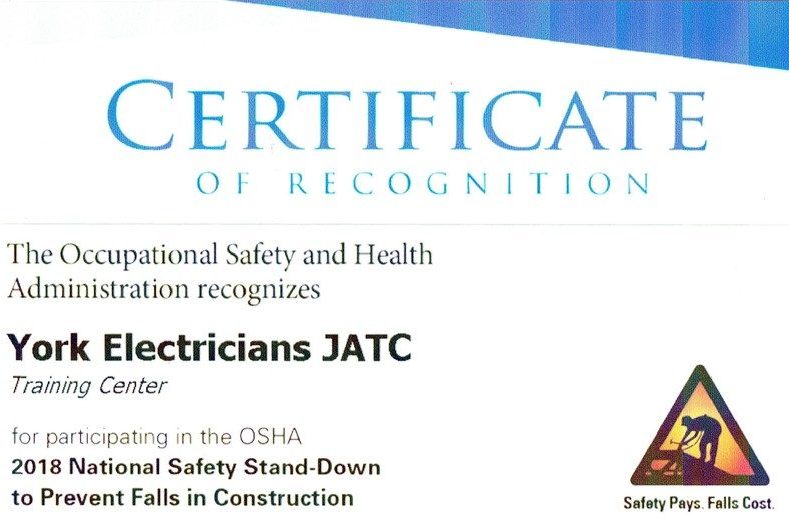The 7th annual National Apprenticeship Week (NAW) has been announced for November 15-21, 2021. This…
Cold Weather Injuries
As you are out working in the cold this winter, be aware of the signs of cold weather injuries. The first step toward preventing these can be remembered by the acronym COLD.
http://www.google.com/url?sa=t&rct=j&q=&esrc=s&source=web&cd=11&ved=0CB0QFjAAOAo&url=http%3A%2F%2Fusscouts.org%2Fsafety%2FCold-Weather-Safety.ppt&ei=jgasVJbTFIfksATp44DIBA&usg=AFQjCNEr0HgecUARMKEGaflPRiGSs1QoNg&sig2=v_NwNtPr2YszNOMONnoOzQ&bvm=bv.82001339,d.cWc&cad=rja
- Keep it Clean
- Avoid Overheating
- Wear it Loose and in Layers
- Keep it Dry
Some symptoms of hypothermia include vigorous shivering, mumbling, stumbling, and fumbling due to a loss of muscle and nerve functioning, confusion, sleepiness, fatigue, and shallow breathing.
Some symptoms of frostbit include numbness, swelling, yellowish or grayish skin, wooden feeling skin, and pain when rewarming. Susceptibility is increased with inadequate nutrition, alcohol, caffeine, nicotine, and dehydration.
When working in the cold it is important to stay dry, remain hydrated, and wear appropriate cold weather gear. Try to avoid cotton as it can hold moisture. This can be difficult when performing the functions of a typical electrician which requires manipulating small parts and tools. Therefore, you should be aware of the signs of cold weather injuries and take appropriate precautions. If necessary split the job duties to prevent any one person from prolonged exposure. Use the buddy system whenever possible and keep aware of the symptoms of cold weather injuries.
Other recommendations include taking off your boots during break or lunch to allow your feet to dry and having an extra pair of dry sock to change into. Using foot powder can also help to keep your feet dry. Supervisors should allow more time to perform duties in cold weather conditions and work should be planned to prevent long periods of inactivity. If working off-site or traveling, pack plenty of extra warm clothes and keep your cell phone charged.
References:
http://phc.amedd.army.mil/topics/discond/cip/Pages/ColdCasualtiesInjuries.aspx
http://www.google.com/url?sa=t&rct=j&q=&esrc=s&source=web&cd=11&ved=0CB0QFjAAOAo&url=http%3A%2F%2Fusscouts.org%2Fsafety%2FCold-Weather-Safety.ppt&ei=jgasVJbTFIfksATp44DIBA&usg=AFQjCNEr0HgecUARMKEGaflPRiGSs1QoNg&sig2=v_NwNtPr2YszNOMONnoOzQ&bvm=bv.82001339,d.cWc&cad=rja




This Post Has 0 Comments